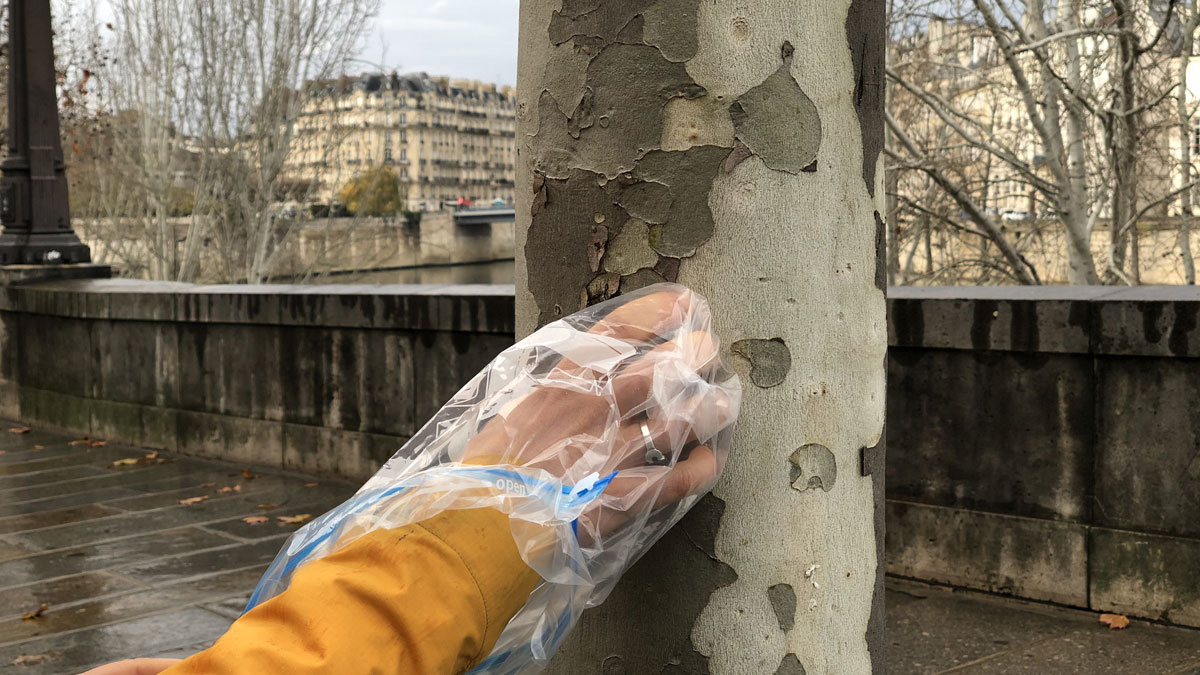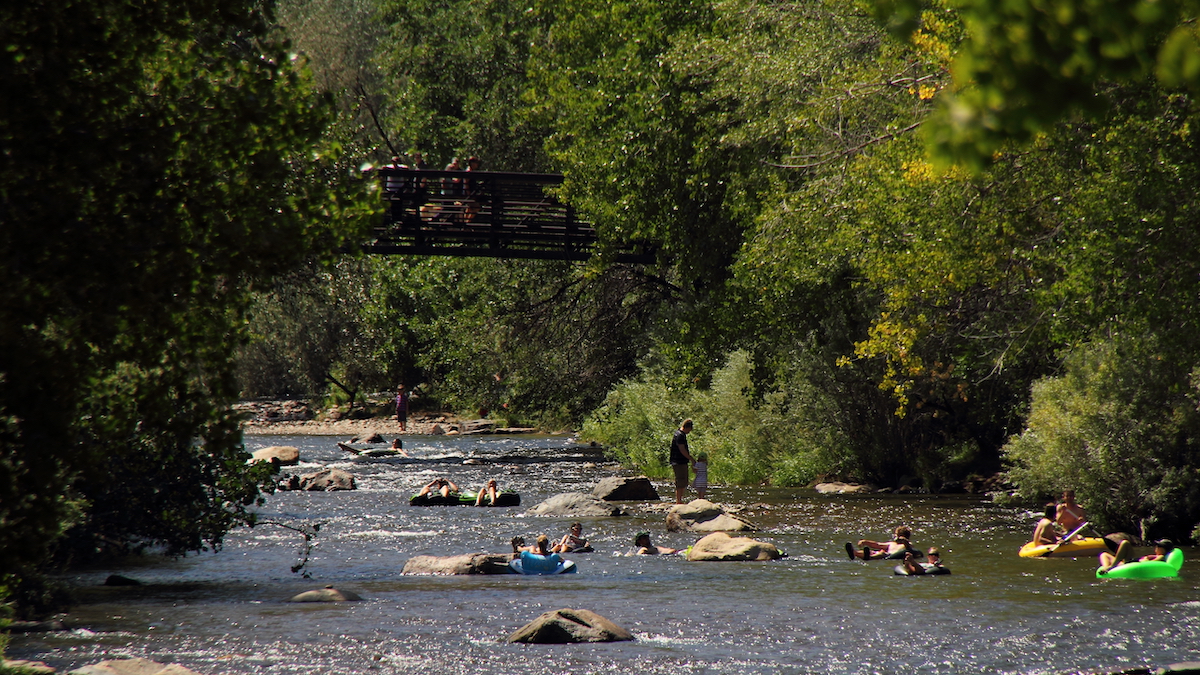More than 40 square kilometers of vegetation cover Antarctica, including in previously unknown areas. A new map offers fresh insights for conservation amid climate change.
Health & Ecosystems
Some Urban Trees Suffer Under Climate Stress
Heat and drought hit trees in Boston and New York City harder than those in their rural counterparts.
Lots of Dust Gets Sucked Up by Jet Engines
Changing flight times and holding altitudes could substantially reduce the amount of wear-inducing dust ingested by jet engines.
Volunteers Track Parisian Pollution with the Help of Tree Bark
Participants in the Ecorc’Air project are using magnetic particles deposited on tree bark to reveal local traffic pollution patterns.
Fixing Pollution from Space Needs Global Coordination
Remote sensing is a tool of choice for monitoring regions for air pollution, but the scale of the problem requires extending geostationary soundings globally.
Labor Day Dips Alter Stream Composition
Holiday weekend tubing introduces toxic chemicals and shifts microbial communities in a popular Colorado river.
Urban Lights Make Tree Leaves a Tougher Meal for Insects
Two common street trees in Beijing show different responses to artificial light at night, but both grow leaves that are tougher and less toothsome to insects.
Concerns over Lithium, Water, and Climate in Earth’s Two Highest Deserts
Brine mining to meet resource demands amid renewable energy transitions is affecting water resources in South America and China. Hydrologists can help understand how and join the search for solutions.
Microbes in Tree Bark Absorb Millions of Tons of Methane Each Year
New findings suggest that reforestation efforts could have a bigger—and more positive—climate impact than previously estimated.
Corals Are Simplistic When Conditions Are Acidic
Increasing ocean acidity could spell trouble for fish that depend on corals’ many branches for protection.










